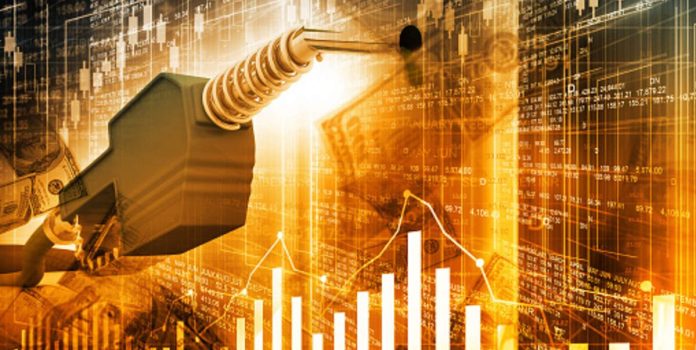- The last week’s meeting chaired by the Prime Minister with all the Chief Ministers was ostensibly meant to look into the uptick in the novel coronavirus driven by the Omicron subvariant. There is a palpable concern in the corridors of the government authorities as some of the states are gradually witnessing a surge in confirmed infection cases. Interestingly, at the end of the meeting, the Prime Minister requested the state governments to lower the fuel taxes to provide much-needed relief to the citizens reeling under the impact of the rising fuel prices. As expected, such a request has stirred a hornet’s nest with opposition-ruled state governments going ballistic over the Prime Minister’s remarks.

PC: Kelly Malcom
- Mind you, the political argument over India’s tax policy on petroleum products is an essential one. However, it requires an unpacking to reach a meaningful conclusion. For the uninitiated, the Union and State Government independently tax petrol and diesel, the two most important products. The Government of India’s taxes is to be shared with states according to a formula recommended by the Finance Commission. There is a catch here though. The Constitution’s Article 270 allows GOI to completely retain taxes classified as cess and surcharge. Effectively, GOI has the power over classification to decide how much it will share with states. As you might have guessed, this is the root cause of friction with opposition-administered states.
- Delving further will reveal that the backstory for the current argument began in March 2020 no sooner than the pandemic swept across the world, lockdowns kicked in, and oil prices collapsed. Losing no time, the GOI increased its taxes on petrol and diesel. Between 14 March and 06 May 2020, central excise on unbranded petrol and diesel increased by 44% and 69%, respectively. The incremental tax was collected in the form of a cess, which meant it was not shared with states. Consequently, even as the crude oil price fell from around $65/barrel in early January 2020 to about $20 in April 2020, the pump price of diesel increased from Rs. 67.96 per liter in Delhi to Rs. 69.39 in May. India’s GDP contracted by 6.6.% in FY 2020-21 adversely impacting tax collections.

PC: EPW Engage
- Driven by higher fuel taxes, GOI’s FY 2020-21 revenue from the petroleum sector was Rs. 4.5 lakh crore, an annual increase of 36%. Where did it leave states? Collectively, their FY 2020-21 revenue from petroleum shrank by 1.5% to Rs. 2.2 lakh crore. About 68% of the Rs. 6.72 lakh crore of revenue generated by the petroleum sector in FY21 went to GOI. As crude prices began to rise in 2021, public pressure for tax relief forced the GOI and a few states to lower taxes. As such, GOI, with superior revenue-raising powers and the main beneficiary of tax increases in FY21, should take the lead and engage in one more round of fuel tax reductions to provide relief. Also, this will put pressure on states to follow suit. And this must be done sooner than later.






